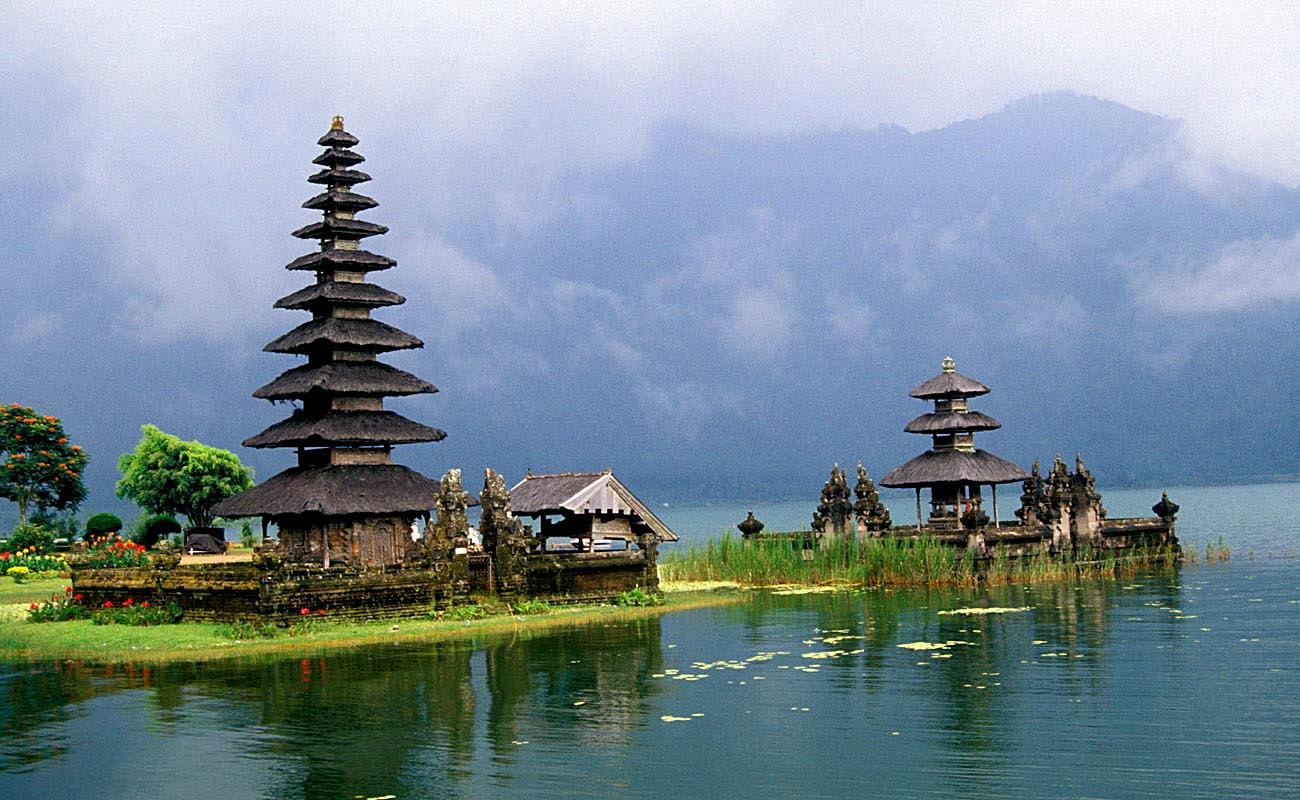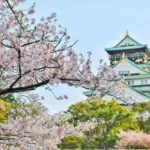When most people think of Bali, images of sun-kissed beaches, turquoise waters, and laid-back surf vibes immediately come to mind. And don’t get me wrong—the beaches here are stunning. But if you want to truly connect with the soul of Bali, you have to look beyond the sand and surf and dive into its rich, vibrant culture.
I discovered this the hard way. On my first trip, I was all about lounging on Seminyak Beach and chasing sunsets. But by the second day, I craved something deeper—a connection with the island’s heart, the traditions, and its people. What I found was a Bali that transcended the postcards and tourist hotspots, revealing a side of the island that was soulful, colorful, and utterly unforgettable.
Here’s a peek into the cultural experiences in Bali that captured my heart and will surely steal yours too.
1. Witness a Traditional Balinese Ceremony
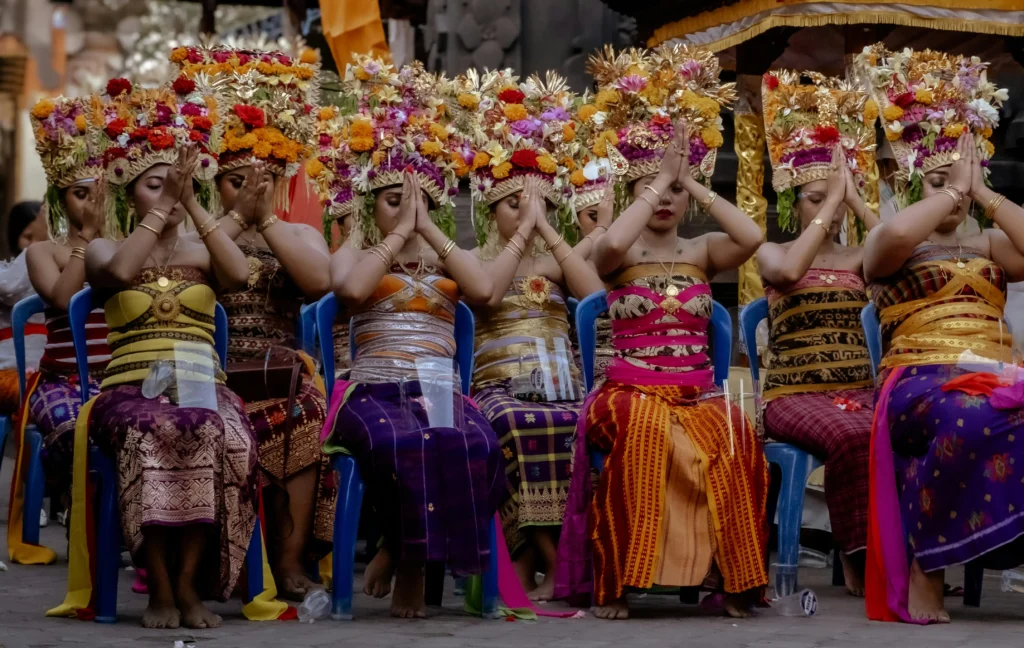
I was lucky enough to witness a Melasti Ceremony in the coastal town of Sanur. This purification ritual, held a few days before the Balinese New Year (Nyepi), involves villagers carrying sacred objects in a colorful procession to the sea. The air was thick with incense, traditional gamelan music echoed, and the locals dressed in white and gold radiated a profound sense of spirituality.
If you visit Bali during Nyepi, be prepared for a day of silence and introspection, as the whole island essentially shuts down for 24 hours. It’s a unique cultural experience that reflects Balinese Hindu beliefs about renewal and balance.
Tip: Many temples welcome visitors during ceremonies, but remember to dress modestly, be respectful, and ask for permission before taking photos.
2. Explore the Art Hub of Ubud
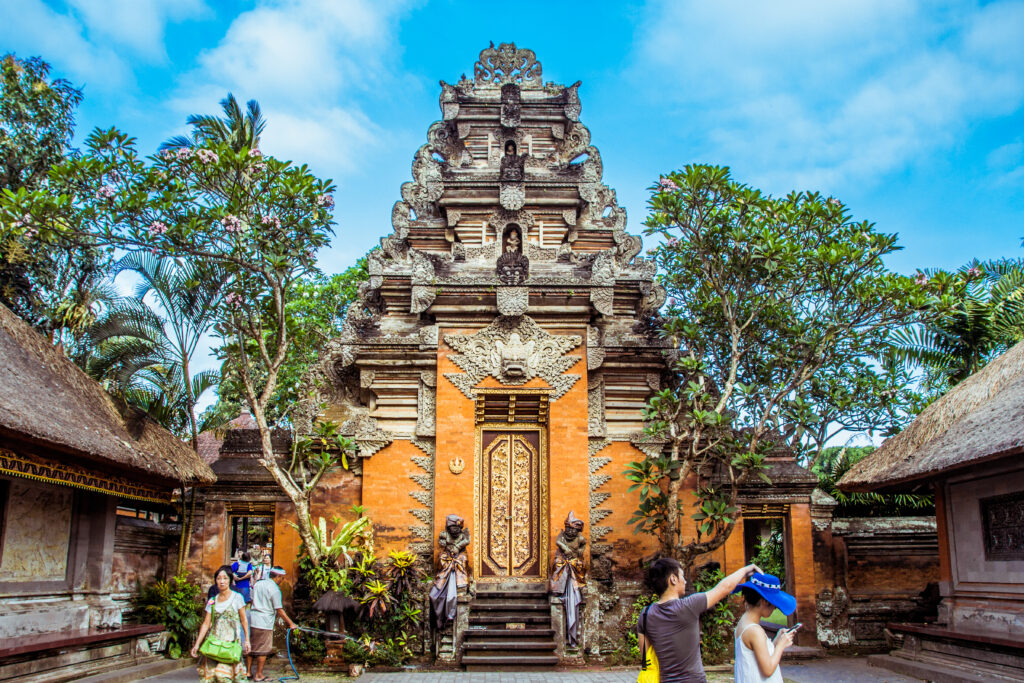
While beaches and parties dominate the south, Ubud is the cultural heartbeat of Bali. Nestled among lush rice terraces, this town is a haven for artists, dancers, and spiritual seekers.
I spent hours wandering the Ubud Art Market, where artisans sell intricate wood carvings, silver jewelry, and vibrant paintings. The market is bustling, but it’s the perfect place to pick up a meaningful souvenir while practicing your bargaining skills.
But Ubud’s true gem is the Ubud Palace (Puri Saren Agung) and its traditional dance performances. One evening, I sat enthralled watching the Legong Dance, a mesmerizing combination of graceful movements, elaborate costumes, and haunting music. The dancers’ precision and storytelling left me spellbound—this was culture alive and breathing.
Tip: Check the schedule for dance performances at Ubud Palace or nearby venues. Arrive early for the best seats!
3. Join a Traditional Cooking Class
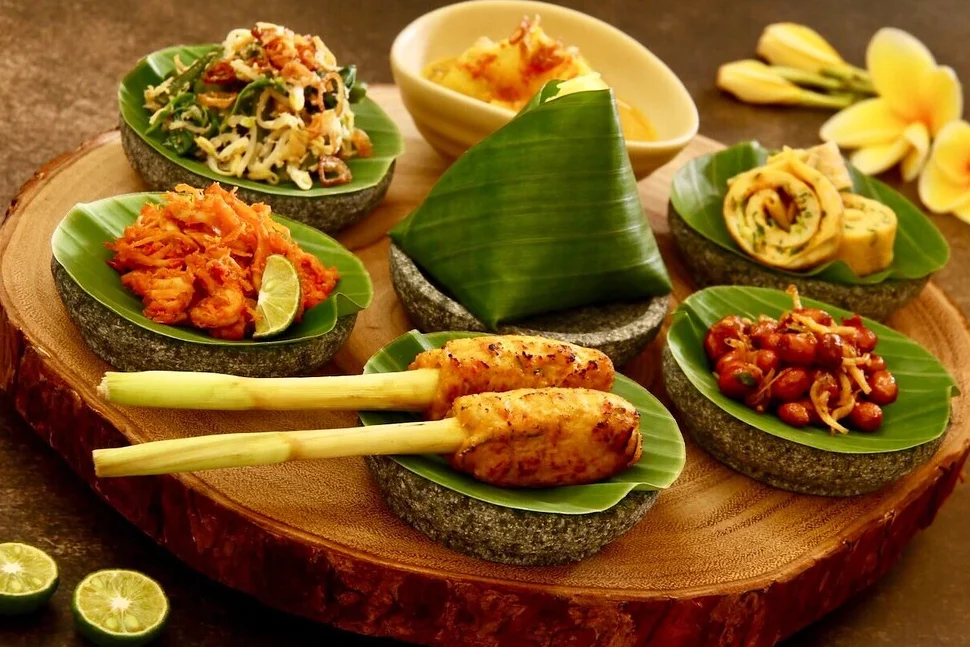
Balinese culture is not just seen or heard—it’s tasted! The island’s cuisine is an essential part of its identity, bursting with flavors you won’t forget.
I joined a cooking class in a traditional Balinese home just outside Ubud. The host welcomed me warmly, showing me how to grind spices with a mortar and pestle, prepare sambal (spicy chili paste), and cook classic dishes like Babi Guling (suckling pig) and Lawar (a mix of vegetables, coconut, and minced meat).
This hands-on experience gave me a deep appreciation for the intricate flavors and the community spirit behind every meal. Plus, you get to eat what you make—which is a delicious bonus!
Tip: Look for classes that include a market tour, so you can see how fresh ingredients are sourced locally.
4. Discover the Spiritual Side with a Meditation or Yoga Retreat

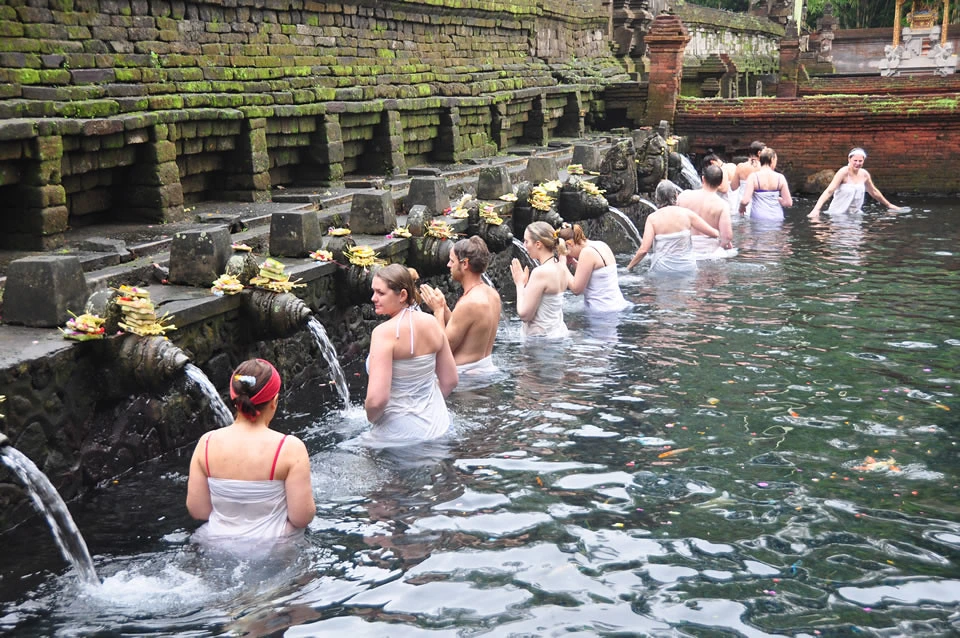
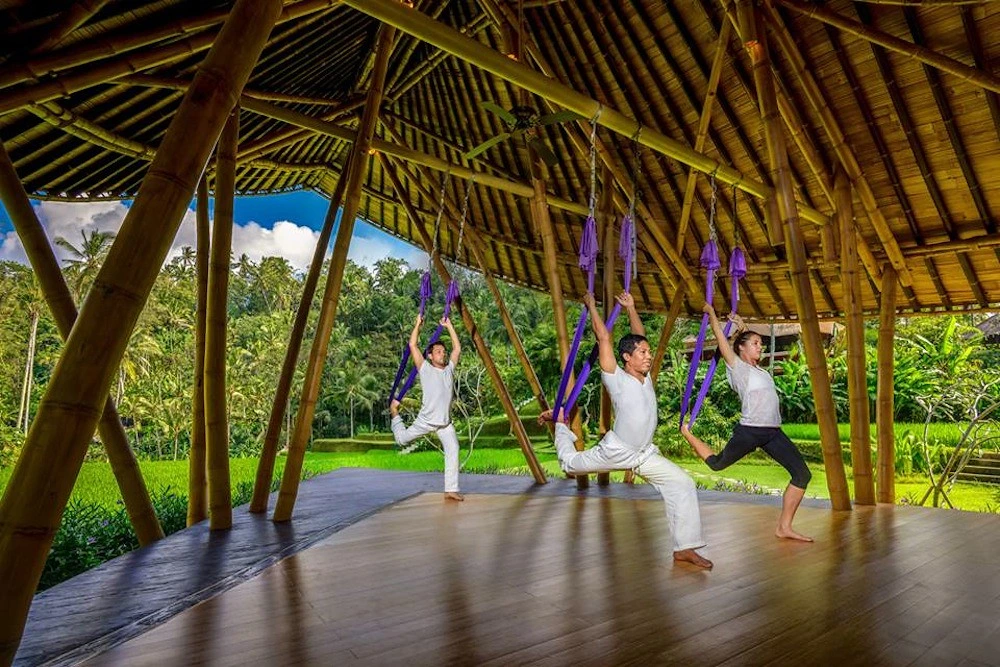
Bali has long attracted spiritual seekers from around the world. The peaceful environment and rich traditions make it ideal for meditation and yoga.
I spent a few mornings at a retreat in the foothills of Mount Agung, joining sunrise yoga sessions and guided meditation. The sense of calm was palpable—far from the bustling tourist areas, here you can reconnect with yourself amid nature.
Many retreats also offer workshops on Balinese philosophy and healing, giving visitors an insight into how spirituality is woven into daily life.
Tip: Ubud and the northern parts of Bali have numerous retreat centers, ranging from budget-friendly to luxurious.
5. Visit Traditional Villages and Learn About Local Crafts
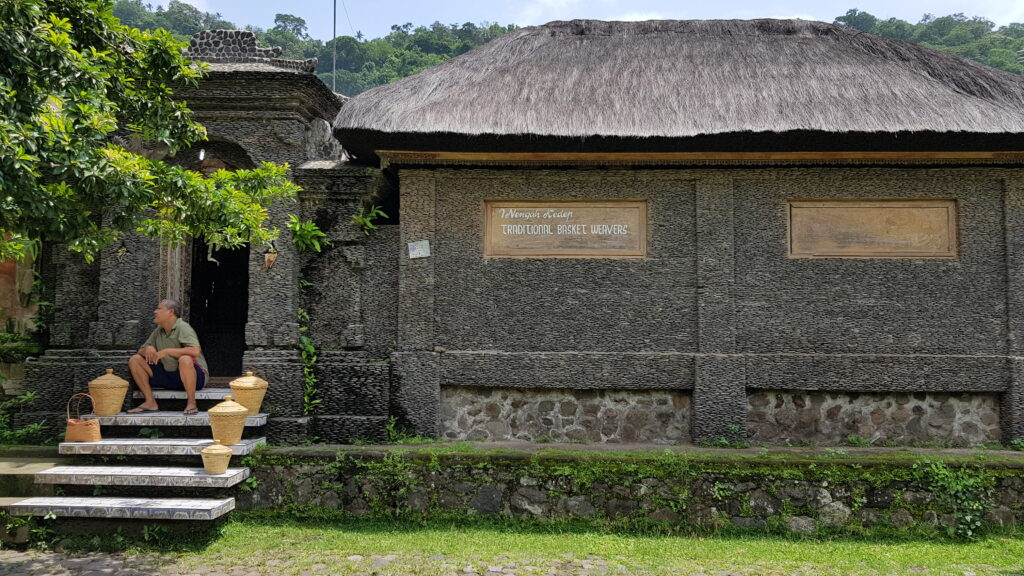
To truly understand Balinese culture, a visit to the villages is a must. Places like Tenganan and Celuk offer fascinating glimpses into traditional life.
In Tenganan, one of Bali’s oldest villages, I saw weavers creating gringsing cloth—a complex double ikat textile unique to this community. The village has preserved many ancient customs, including intricate rituals and age-old crafts.
Celuk, on the other hand, is famous for its silversmiths. Walking through its narrow streets, I watched artisans craft delicate silver jewelry and accessories, passed down through generations.
Tip: When visiting villages, always go with a local guide to ensure respectful interaction and support the community directly.
6. Experience a Balinese Healing Session

Bali’s traditional healing practices are deeply rooted in its spiritual and cultural heritage. I had the chance to experience a Balinese massage and energy healing session at a small family-run spa.
The healer used herbal oils, traditional massage techniques, and gentle chants to promote relaxation and balance. It wasn’t just a physical experience—it felt like a holistic journey that connected body, mind, and spirit.
If you’re curious about alternative healing, Bali offers many such opportunities, often blending ancient wisdom with modern wellness trends.
Tip: Look for authentic healers recommended by locals or your accommodation rather than commercialized spas.
Final Thoughts
Bali is more than just a beach paradise—it’s a cultural mosaic waiting to be explored. From colorful ceremonies and traditional arts to spiritual retreats and healing practices, the island offers experiences that nourish your soul and open your heart.
Next time you plan your Bali trip, carve out time to go beyond the beaches. Embrace the culture, meet the locals, and dive into traditions that have thrived for centuries. Trust me, it will transform your visit into something truly unforgettable.

